MARIANI’S
Virtual
Gourmet
July
3, 2022
NEWSLETTER
ARCHIVE
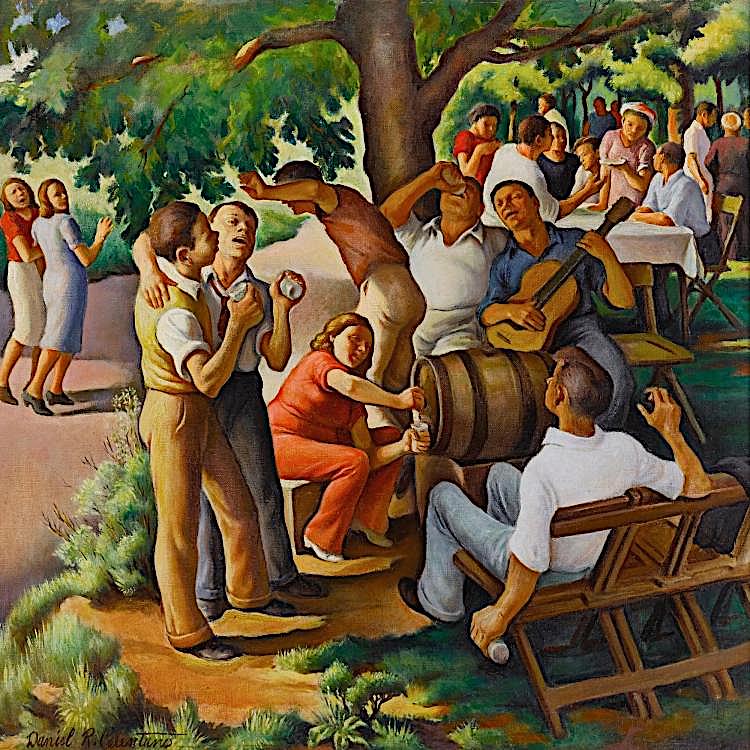
"Picnic" By Daniel Celentano (circa 1940)
HAPPY FOURTH OF JULY
IN THIS ISSUE
PARIS RESTAURANT REPORT
Part Two
By John A. Curtas
NEW YORK CORNER
ALTRO PARADISO
By John Mariani
ANOTHER VERMEER
CHAPTER 26
By John Mariani
❖❖❖
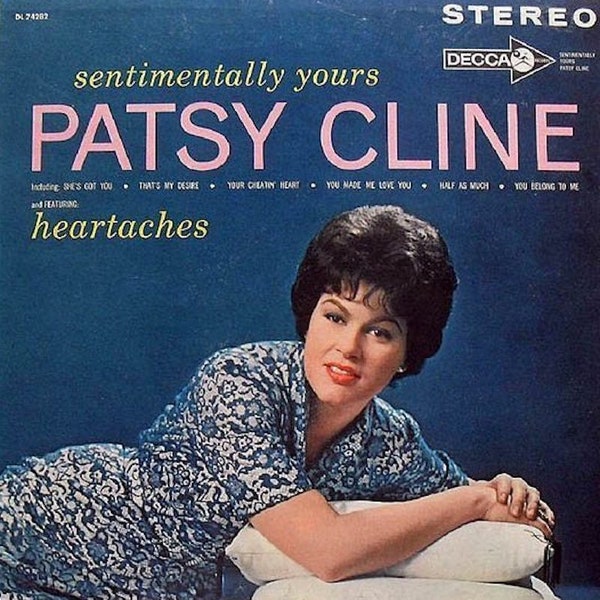 Malone
on The Country Music of the 1950s.
Go to: WVOX.com.
The episode will also be archived at: almostgolden.
Malone
on The Country Music of the 1950s.
Go to: WVOX.com.
The episode will also be archived at: almostgolden.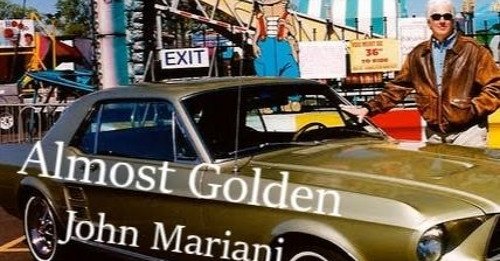
❖❖❖
PARIS RESTAURANT REPORT
Part Two
By John A. Curtas
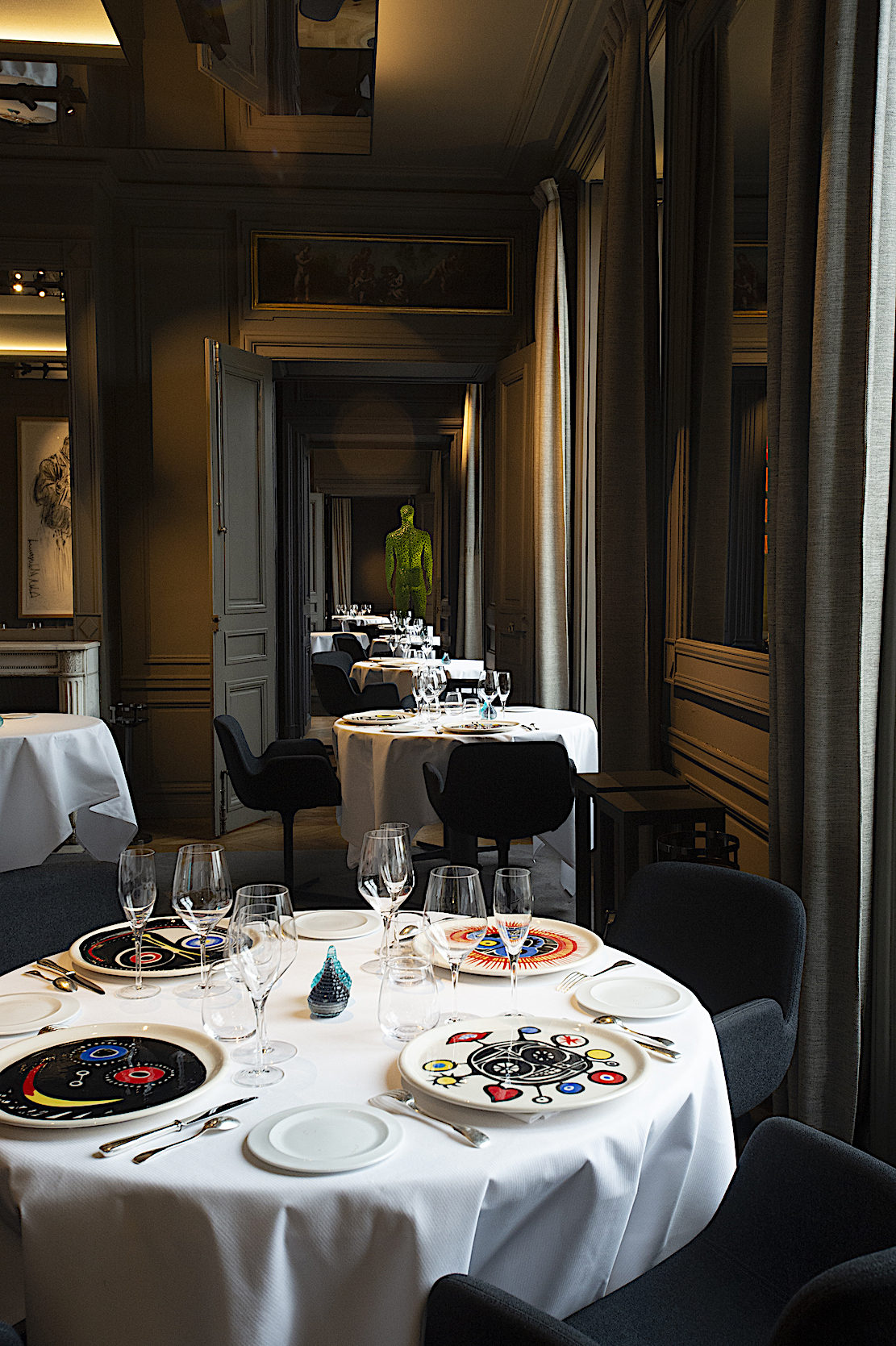
If La Tour represents the old guard
of Parisian dining at its finest, then Guy
Savoy, both the man and his restaurant,
provides the connective tissue between haute
cuisine's past, present and a future where new
chefs will take up this mantle and teach the
world what elegant dining is about.
New
York magazine’s Adam Platts and
others may decry the “irrelevance of the old
gourmet model but I stand
with the New
York Post’s Steve Cuozzo in maintaining
that the call for luxury and refinement in how
we eat (admittedly at rarefied levels of
expense), will never go completely out of
fashion.
Cuozzo writes, “As critic Alan Richman
eloquently expressed it a few years ago, fine
dining is more than ‘a demonstration of wealth
and privilege.’ . . . It is an expression of
culture, the most enlightened and elegant form
of nourishment ever devised. Without it we will
slowly regress into the dining habits of cave
people, squatting before a campfire, gnawing on
the haunch of a bar.”
All I can say to the Platts of the world,
and younger food writers who echo the same
sentiments, is, if you think "the old gourmet
model" is dead or dying, plan a trip to France,
where formal restaurants are poised to come
roaring back, indeed if they haven't already
done so.
Put another way: get your
goddamn head out of that bowl of ramen or
whatever Nigerian/Uzbekistani food truck you're
fond of these days and wake up and smell the
Sauvignon Blanc.
Or just go to Guy Savoy.
If one
of the
world’s best restaurants can't change your mind,
nothing will. Before you accuse me of
bandwagon-ing, let me remind you that I've been
singing the praises of Savoy's cuisine since
2006, and in 2009 even went so far as to travel
between Las Vegas and Paris to compare his
American outpost with the original. Back then,
the flagship got the nod, 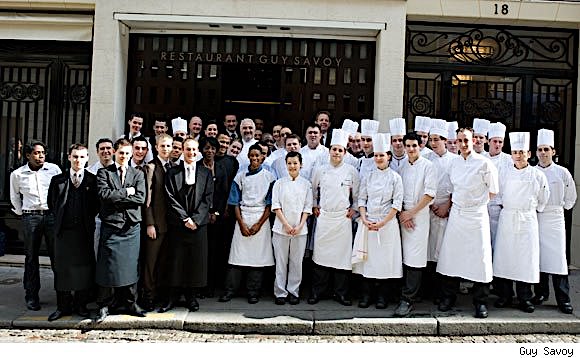 but
not by much.
but
not by much.
Since its move to the Monnaie de
Paris (the old Parisian Mint) in 2015,
Savoy's cuisine and reputation have attained a
new level of preeminence, which is all the more
incredible when you consider he has held three
Michelin stars since 1980. With mentors like Joël
Robuchon and Paul Bocuse
having departed to that great stock pot in the
sky, and Alain
Ducasse having spread himself thinner than
a sheet of mille-feuille,
Savoy now rules the French gastronomic firmament
as a revered elder statesman.
The
difference with Savoy being that he and his
restaurants haven't rested on their laurels but
are every bit as harmonious with the times as
they were thirty years ago. To eat at Guy Savoy,
overlooking the banks of the Seine from a former
bank window, is to experience the best French
cooking from the best French chefs performing at
the top of their game. There is something both
elemental and exciting about his cooking that
keeps it as current as it was when he was the
new kid on the Michelin block back in the ‘80s.
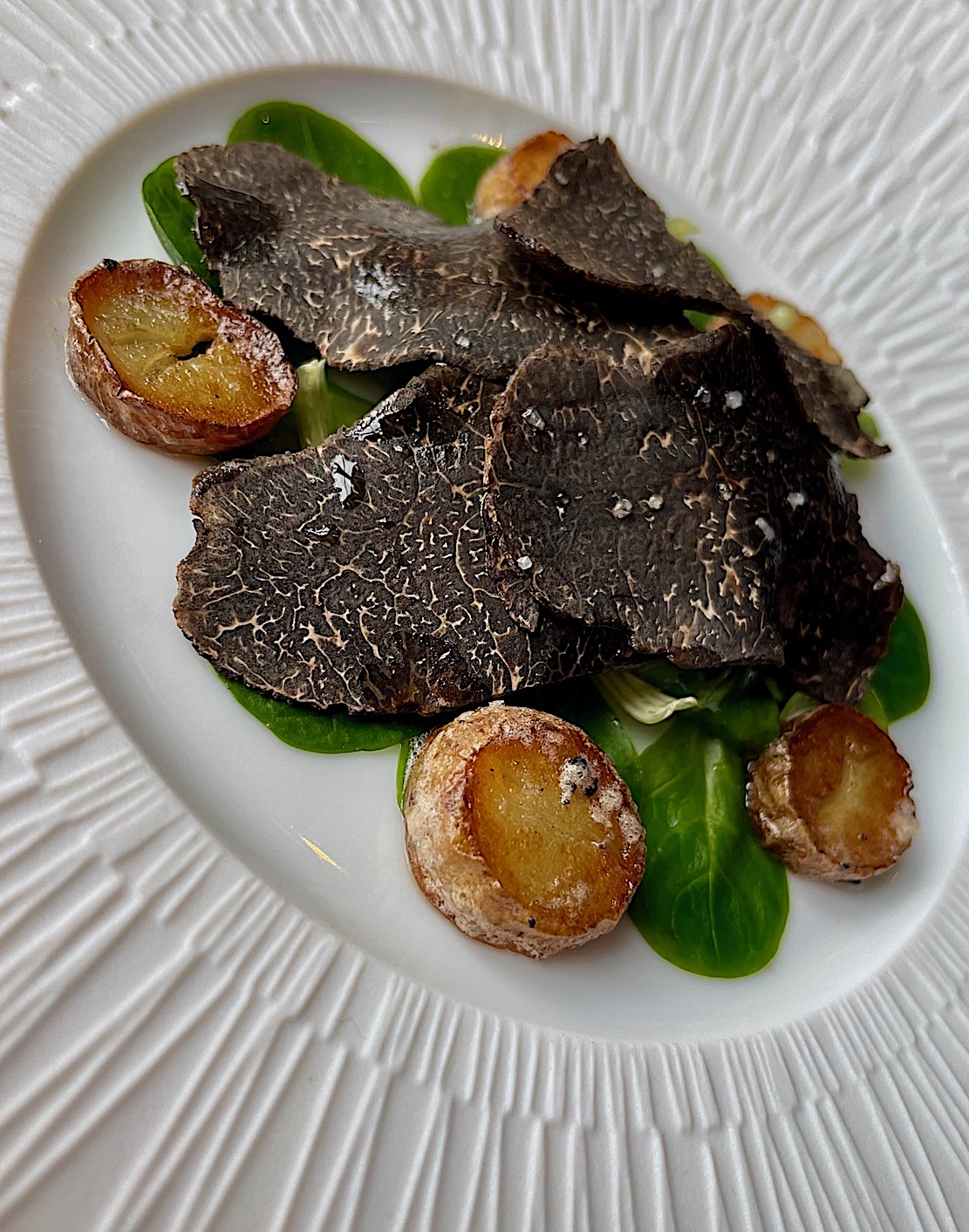 Dining
in the dead of winter can have its challenges.
Greenery is months away, so chefs go all-in
on all things rooted in the soil. The good news
is black truffles are in abundance; the bad news
is you better like beets. The great news is: In
the hands of Savoy and his cooks, even jellied
beets achieve an elegance unheard of from this
usually humble taproot.
Dining
in the dead of winter can have its challenges.
Greenery is months away, so chefs go all-in
on all things rooted in the soil. The good news
is black truffles are in abundance; the bad news
is you better like beets. The great news is: In
the hands of Savoy and his cooks, even jellied
beets achieve an elegance unheard of from this
usually humble taproot.
As mentioned, a French chef respects an
ingredient by looking at it as a blank canvas to
be improved upon. Look no further than this beet
hash (truffes
et oeufs de caille, la terre autour) lying
beneath a quail egg and a shower of tuber
melanosporum, both shaved and minced. Neither of
these would I choose for my last meal on earth
but both gave me new respect for how the French
can turn the prosaic into the ethereal—food
transcending itself into something beautiful.
Which, of course, is what Savoy did with
the lowly artichoke so many years ago, when he
combined it with Parmesan cheese and black
truffles and turned it into the world's most
famous soup. And there's no escaping this soup
at Guy Savoy, nor should you want to. Regardless
of season, it encapsulates everything about the
Savoy oeuvre:
penetrating flavor from a surprisingly light
dish, by turns both classic and contemporary.
We may have come
for the truffles, but we stayed for the filet of
veal en
croûte (right), once again lined
with, you guessed it, more black truffles. From
there we progressed through a salad of roasted
potatoes and truffles, a bouillon of truffles
served like coffee in a French press, 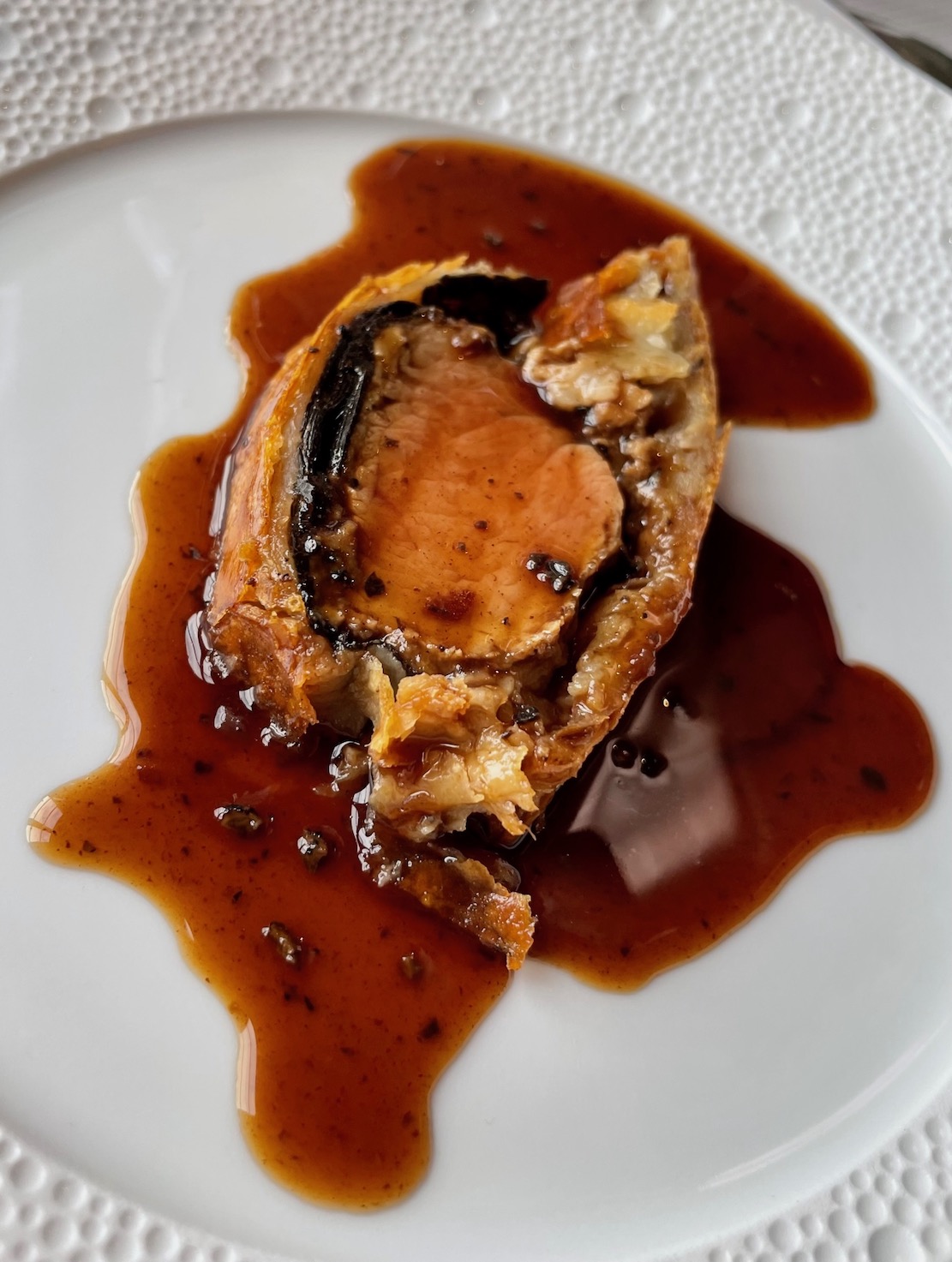 then
a melted cheese fondue over a whole truffle, and
even something that looked like a huge black
truffle but which, upon being nudged with a
fork, revealed itself to be a chocolate mousse.
All of it was served by a staff that
looked like teenagers and acted like twenty-year
veterans.
then
a melted cheese fondue over a whole truffle, and
even something that looked like a huge black
truffle but which, upon being nudged with a
fork, revealed itself to be a chocolate mousse.
All of it was served by a staff that
looked like teenagers and acted like twenty-year
veterans.
Suffice it to say the wine
pairings were as outstanding as the food, all of
it meshing into a seamless meld of appetite and
pleasure—the pinnacle of epicurean bliss—high
amplitude cooking where every element converges
into a single gestalt.
We then went nuts with multiple desserts
(as we always do), including a clafoutis
and the petit
fours cart, and rolled away thinking we
wouldn't be eating again for two days.
I write these words not to convince you
that Guy Savoy is the greatest restaurant in the
world, or even that such a thing exists, but
rather to persuade you of the transcendent
gustatory experiences you can have at places
like it. Until I've been to every restaurant in
the world, I won't be able to proclaim one of
them "the best." Even then, the best would only
be what best fit my mood, my likes and my
expectations at the very moment I was there.
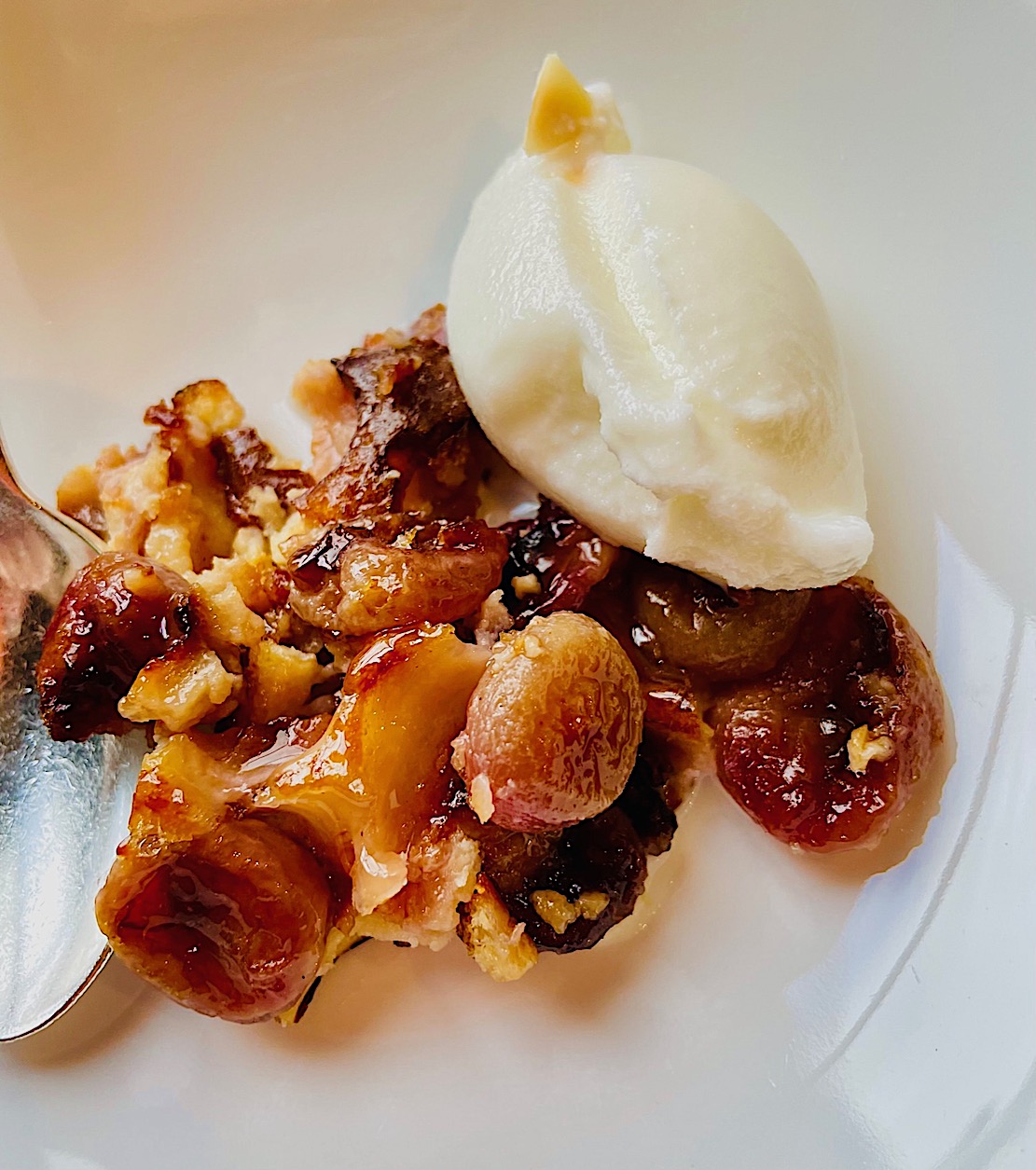 Adam
Platt was right about one thing: "The best
restaurant in the world" doesn't have to be
fancy. The best restaurant in the world can be
something as simple as a plat du
jour of boeuf
bourguignon studded with lardons and
button mushrooms in a run-down bistro smelling
of wine sauces and culinary history. It can be
at a tiny trattoria on the Amalfi Coast or a
local diner where everyone knows your name, or
that little joint where you first discovered a
dish, a wine, or someone to love. But your
favorite restaurant, no matter where or what it
is, owes an homage to the place where it all
started.
Adam
Platt was right about one thing: "The best
restaurant in the world" doesn't have to be
fancy. The best restaurant in the world can be
something as simple as a plat du
jour of boeuf
bourguignon studded with lardons and
button mushrooms in a run-down bistro smelling
of wine sauces and culinary history. It can be
at a tiny trattoria on the Amalfi Coast or a
local diner where everyone knows your name, or
that little joint where you first discovered a
dish, a wine, or someone to love. But your
favorite restaurant, no matter where or what it
is, owes an homage to the place where it all
started.
Émile Zola's novel The Belly
of Paris describes the markets of Les
Halles as "some huge central organ pumping blood
into every vein of the city." Those markets may
be gone, but their soul lives on in the form of
Parisian restaurants that remain, one hundred a
fifty years later, its beating heart.
To eat in the
great restaurants of Paris is to be inside the
lifeblood of a great city, communing with
something far bigger than yourself. To be in
them is to be at the epicenter of the culinary
universe and the evolution of human gastronomy,
where the sights and smells of the food, and the
way it is served, reflect the entire history of
modern dining.
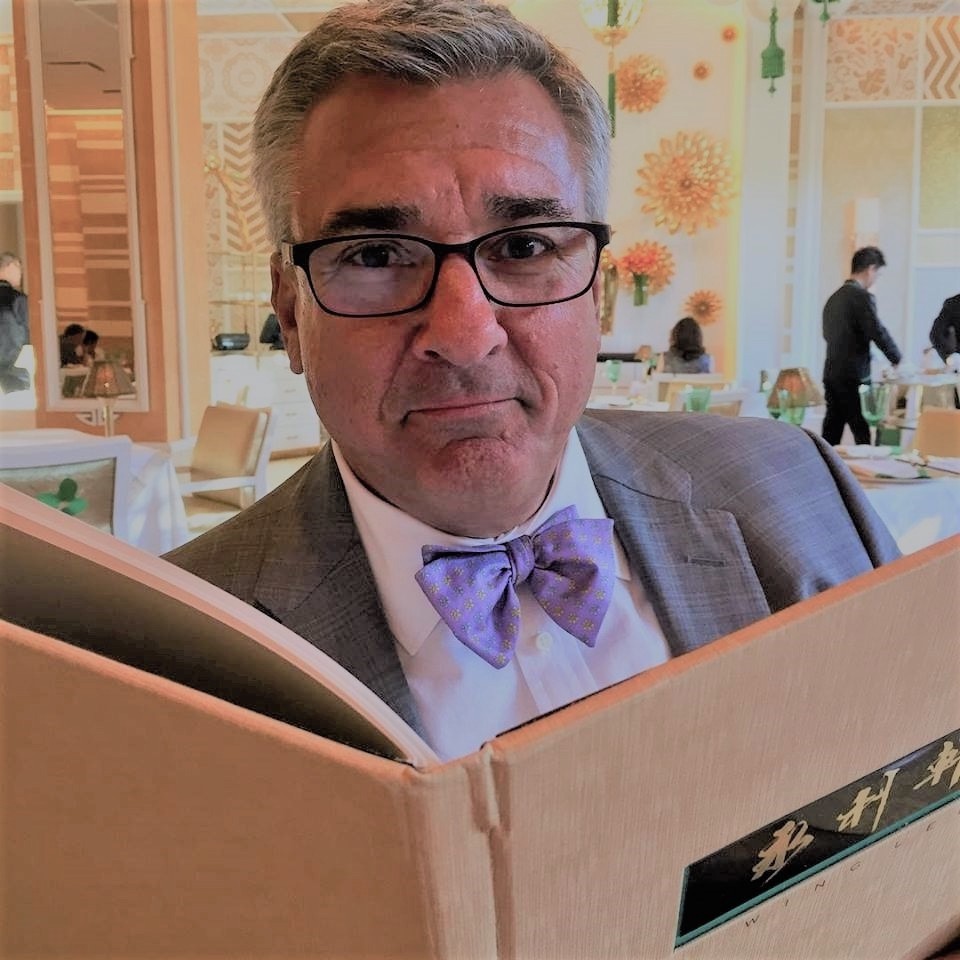
John Curtas has been covering the Las Vegas food scene since 1995. He is the author of EATING LAS VEGAS - The 52 Essential Restaurants, and his website can be found at www.EatingLV.com. You can find him on Instagram: @johncurtas and Twitter: @eatinglasvegas.
❖❖❖
ALTRO PARADISO
234 Spring St
646-952-0828
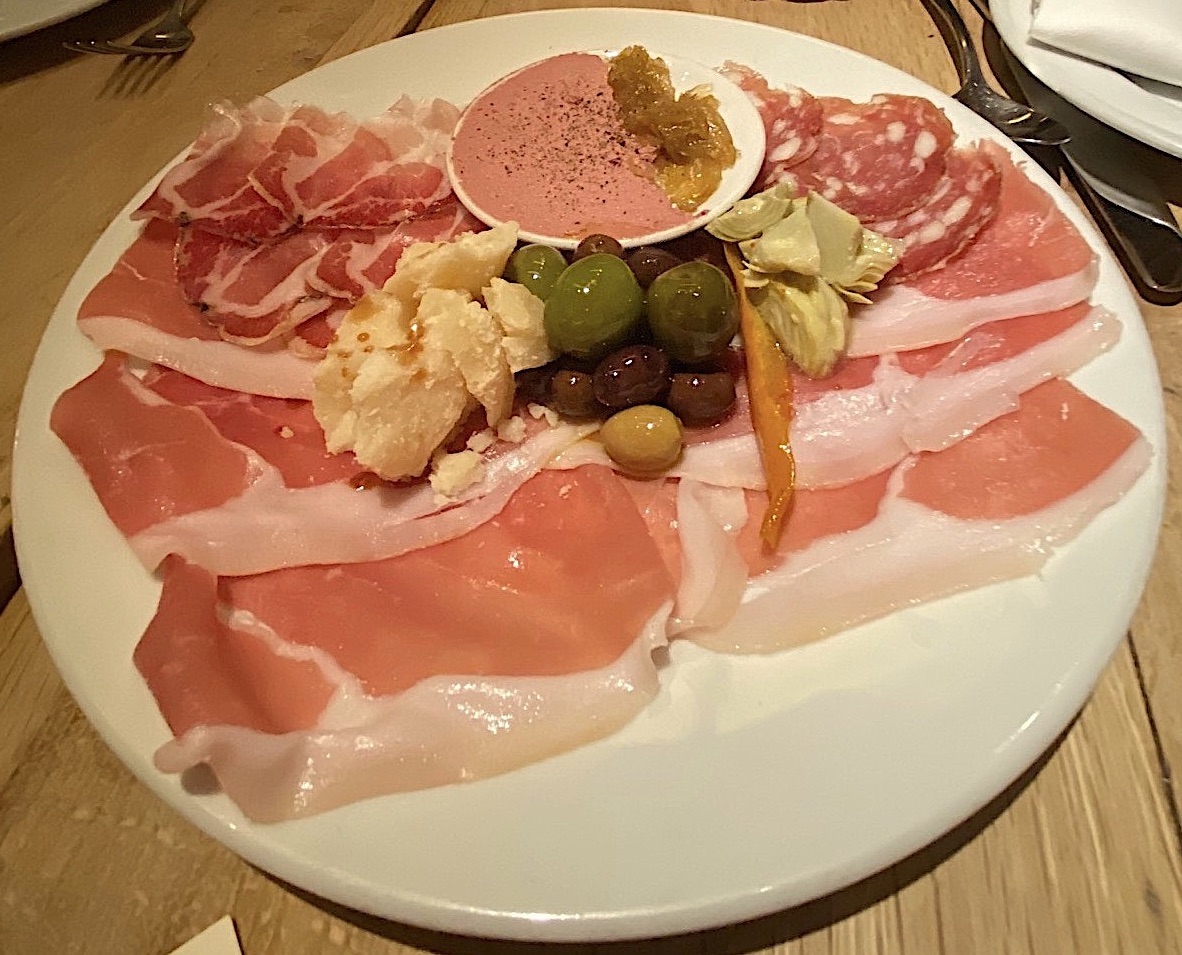
The quartet of restaurants—Altro Paradiso, Estella, Corner Bar and Lodi—owned by Uruguayan chef Ignacio Mattos have succeeded as much by media sightings of celebrities as by the food and atmosphere, as boasted on its website: “It’s something about the way they’re animated from within, filled always with the most stylish and interesting people seemingly anywhere, and an extension of Mattos himself: elegant but fun, a little mysterious, and with an inexplicable gravitational pull.” Which doesn’t happen to mention the food.

 Altro
Paradiso in Soho seems like one of those
why-not? ideas—you can buy a signature baseball
cap for $30—based on the
expectation of an immediate buzz. The
food is good, but not outstanding, pretty much
sticking to the tried-and-true New York
trattoria formula of dishes found all over town.
This being Soho, the noise level is crushingly
loud, owing to all hard surfaces, including a
mirrored wall and one stacked with wine bottles.
Altro
Paradiso in Soho seems like one of those
why-not? ideas—you can buy a signature baseball
cap for $30—based on the
expectation of an immediate buzz. The
food is good, but not outstanding, pretty much
sticking to the tried-and-true New York
trattoria formula of dishes found all over town.
This being Soho, the noise level is crushingly
loud, owing to all hard surfaces, including a
mirrored wall and one stacked with wine bottles. The wine list is definitely impressive for a place this size, with lots of rare bottles and quite a few well under $100, with mark-ups between 100% and 250%.
There are ten antipasti, including a pleasing plate of rosy Prosciutto di Parma with fried hot pizza dough ($25), and a hefty well-seasoned pork sausage with sweet-sour mostarda di Cremona and butter beans ($19), both easy enough to share with your table.
Among the four pastas the most interesting is the candele cacio e pepe ($22) of fat macaroni with shaved Tuscan Gran
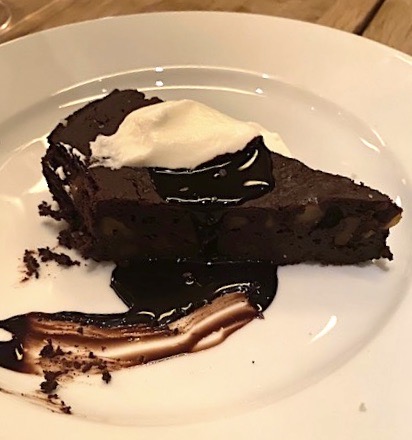 Mugello
cheese and crushed
peppercorns, but a special one night of
black seppie
noodles ($26) had an intensity of briny
flavors without being fishy. A simple dish of
spaghetti with tomato sauce and basil ($22) is
always good to see on an Italian menu, but Altro
Paradiso’s was remarkably bland and lacked much
real tomato flavor. Wide egg-based pappardelle
($28) came with a duck ragù,
though not much of it, and an equal paucity of
porcini mushrooms.
Mugello
cheese and crushed
peppercorns, but a special one night of
black seppie
noodles ($26) had an intensity of briny
flavors without being fishy. A simple dish of
spaghetti with tomato sauce and basil ($22) is
always good to see on an Italian menu, but Altro
Paradiso’s was remarkably bland and lacked much
real tomato flavor. Wide egg-based pappardelle
($28) came with a duck ragù,
though not much of it, and an equal paucity of
porcini mushrooms. In Italian the phrase “brutto ma buono” means ugly but good, and that’s a good description of the rombo (turbot) with a creamy and delicious aïoli (market price), as well as a juicy tilefish with potato, tomato and Cerignola olives ($37). Desserts are about par for the course.
Depending upon your wont, Altro Paradiso makes for a good drop-in spot if you live in the neighborhood (and can get a table) or for those in search of a hot spot, which requires going out of your way. In that, it works as well as any number of places, though the bistro fare at Estella on East Houston Street is much more interesting. There doesn’t seem to be much personality in Altro Paradiso’s food, but if it’s buzz you seek, buzz you’ll get, unless it is celebrity free the night you go.
Open for lunch Tues.-Sun., dinner nightly.
❖❖❖
ANOTHER VERMEER
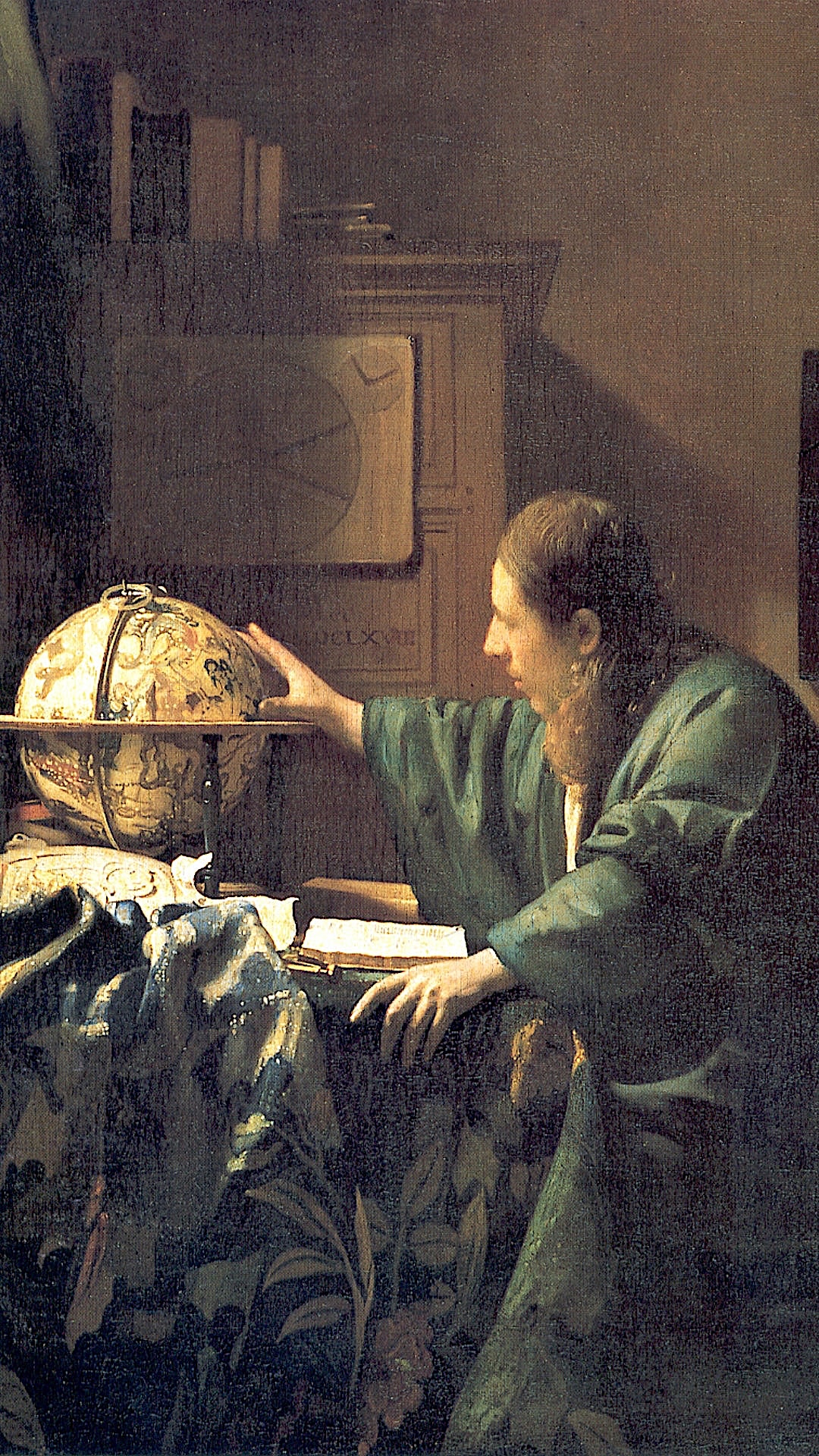

Beijing National Museum
“You spoke to Alex
Janson?” Prof. Horner asked, giggling a
little. “That must have been some interview!”
“Well, she came off a bit pompous,” said
Katie. “Mainly, she said she wouldn’t say
anything about the Vermeer being authentic or
not, because she had seen all the Vermeers in
the world, except this new painting, and wasn’t
invited to inspect it in Hong Kong.”
“You can be sure she put in a request.”
“So, you know her?”
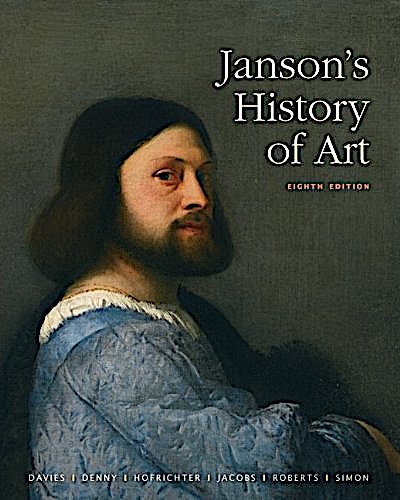 “Everybody in the scholarly community
knows Alex. Her father wrote the textbook every
college still uses, Janson’s History
of Art.
She’s considered brilliant by some and an
eccentric windbag by others. Her
writing is thorough. She does her work
carefully. But, if she thinks she will not be
consulted on a painting, she just blows everyone
else off who is.
She thinks she has a direct line to all
the Dutch artists in heaven. Maybe hell, too.”
“Everybody in the scholarly community
knows Alex. Her father wrote the textbook every
college still uses, Janson’s History
of Art.
She’s considered brilliant by some and an
eccentric windbag by others. Her
writing is thorough. She does her work
carefully. But, if she thinks she will not be
consulted on a painting, she just blows everyone
else off who is.
She thinks she has a direct line to all
the Dutch artists in heaven. Maybe hell, too.”
“Isn’t that a little ridiculous for
someone whose own reputation is as a scholar of
Dutch art?”
“Yes, but, you see, Alex got burned,
really burned, a few years back by
authenticating a work by another Dutch artist of
the period—I think it was a Franz Hals—and it
turned out to be a modern-day fake. She’d put
her reputation on the line on behalf of the
seller, got paid well for her opinion, then,
when the thing was discovered to be a fake, both
she and the auction house were roundly
criticized and sued over the mess.”
“Does that kind of thing happen often?”
asked Katie. “I mean, we’re talking about the
most important painting to come on the market in
many years.”
“I’m afraid it does, and collectors,
auction houses, sellers, buyers and the families
of artists are getting more litigious all the
time. It’s
gotten so bad that the College Art Association
is selling insurance to the experts in case they
get sued. At the moment the Association
recommends that art historians offer opinions
only if the owner of the work makes a written
request and promises to indemnify the scholar
against legal damages.”
“She did hint that because the new
painting is not in the official CR that it would
be very tough to prove its authenticity.”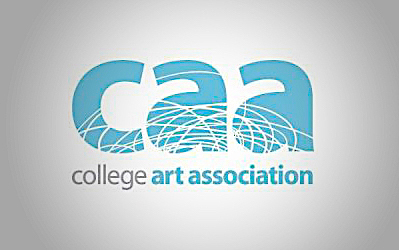
“Well,” sighed Horner, “a CR is still
considered to be something close to the bible on
an artist’s work—even though there have been a
lot of additions and subtractions in the past
thirty years, because the tools for identifying
an artist are so much better than before. In
fact, a scholarly group called the Rembrandt
Research Project worked for forty years on his
CR and eventually booted 150 works off the list
that were once declared to be Rembrandt’s. You
can imagine how that
felt if you had for years—or centuries—thought
you owned a real Rembrandt, maybe worth
millions.”
“And there’s no protection against that
kind of thing?”
“Not really, There are too many experts
who hold what is called the droit moral,
which protects the artist from being copied or
his work altered in any way, and that expert
almost always has final say, whether or not he
or she really has expertise.”
“How the heck could that
happen?”
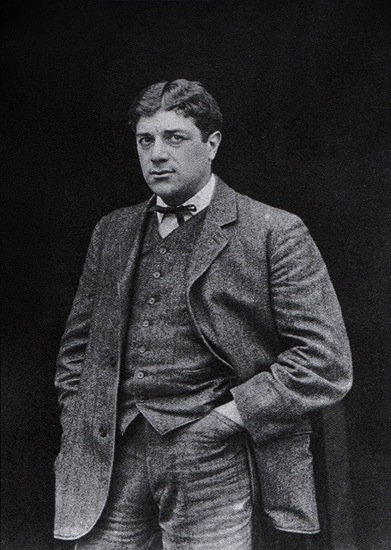 “I’ll
tell you a funny story. The Cubist master
Georges Braque (left) was a friend of a
sculptor named Henri Laurens (below), who
had a bicycle accident in which his testicles
were crushed. Poor guy, couldn’t father any
children afterwards. So, the story goes, Braque
himself slept with Laurens’s wife and produced a
son, named Claude, who was given Braque’s okay
to defend his droit moral
and determine his CR. Later, Claude and his
son, Laurent, were involved in quite a scandal
when Christie’s tried to sell a Braque pastel
for $600,000, and others insisted it was a fake. It was
all a big mess. Lots and lots of countersuits.”
“I’ll
tell you a funny story. The Cubist master
Georges Braque (left) was a friend of a
sculptor named Henri Laurens (below), who
had a bicycle accident in which his testicles
were crushed. Poor guy, couldn’t father any
children afterwards. So, the story goes, Braque
himself slept with Laurens’s wife and produced a
son, named Claude, who was given Braque’s okay
to defend his droit moral
and determine his CR. Later, Claude and his
son, Laurent, were involved in quite a scandal
when Christie’s tried to sell a Braque pastel
for $600,000, and others insisted it was a fake. It was
all a big mess. Lots and lots of countersuits.”
“Excuse the pun,” said Katie, “but
Laurent must have had real balls.”
“So apparently did Braque. The thing
about all the authenticating business—and it is a
big business—is that it’s getting increasingly
more difficult, when these sums of money are
involved, just to take the word of the seller
and his record of provenance. A lot
of scholarly committees have gotten out of the
business because they don’t want to risk being
sued.” 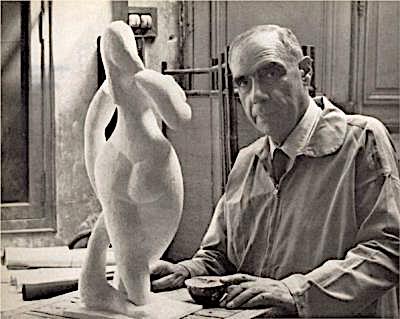
“But you said there are new techniques
being developed to determine scientifically the
age and paint composition and so on of a
painting.”
“It’s getting better, but they’re just
markers put up against the practiced eye of an
expert. That’s why Alex Janson never
accepts the science. She thinks her
knowledge—and it is
vast—counts for way more than the chemical
analysis of a particular color of blue pigment.”
“And where does that leave the Vermeer?”
asked Katie.
“Good question. The history of its
provenance is going to have to be very strong. You,
David and I and Professors Mundt and Lìu may
have come up with a great theory about how it
got to China, but it’s only a theory, and would
need a lot more investigation. I doubt sales
records are still around from the 1660s.”
“Do you think, then, that the Chinese can
get enough documentation to verify the
painting?”
“Y’know, Katie, what makes this all so
fascinating is that it does sound
so bizarre that a painting by Vermeer would show
up in China, and that it’s been lying in secret
somewhere for centuries, and then it’s announced
as if some curator at the Beijing National
Museum tripped over it by accident and said
‘Eureka!’—or whatever they say in China. But
it’s the very idea of
its being bizarre that suggests no one would
make such a wacky claim without there being a
good deal of information and scholarship already
done. It’s going to be an interesting show.”
“This is September,” said Katie, “and I’m
told the auction will take place in November. Is
that really enough time for analysis?”
“Not usually, but there’s nothing usual
about this whole business. That Young Woman
Seated at the Virginal has been poked over
for fifty years now without agreement. I suspect the Chinese
will bring over bonafide Vermeer experts with
unquestioned reputations and theirs will be the
final word.
The auction house and the bidders will
either take it or leave it and try to protect
themselves in the catalog listing with some kind
of disclaimer. Y’know, ‘sold as is.’ If it’s
real, it will sell for a fortune, and only
increase in price in years to come. God forbid
the painting turns out to be a fake!
“Which
is why the auction houses are not speaking to
the press at all about it. They can’t afford to
make a $100 million mistake on a world stage.”
Katie had no intention of bringing up
David’s and her suspicions about criminal
activity. Those
pieces still didn’t fit together. So Katie
thanked the professor and said she’d keep in
touch with any further news.
“And say hello to John Coleman for me,”
said Horner. “Tell him I like what he’s doing
with this story.”
“Will do. I plan on calling him tonight.
At the moment he’s down with a bad cold, so I’ll
try to cheer him up.”
Of course, Katie intended to bounce off
Coleman what she’d learned that afternoon from
the two art professors. So, when she got home,
she poured herself a glass of wine and dialed
him at home.
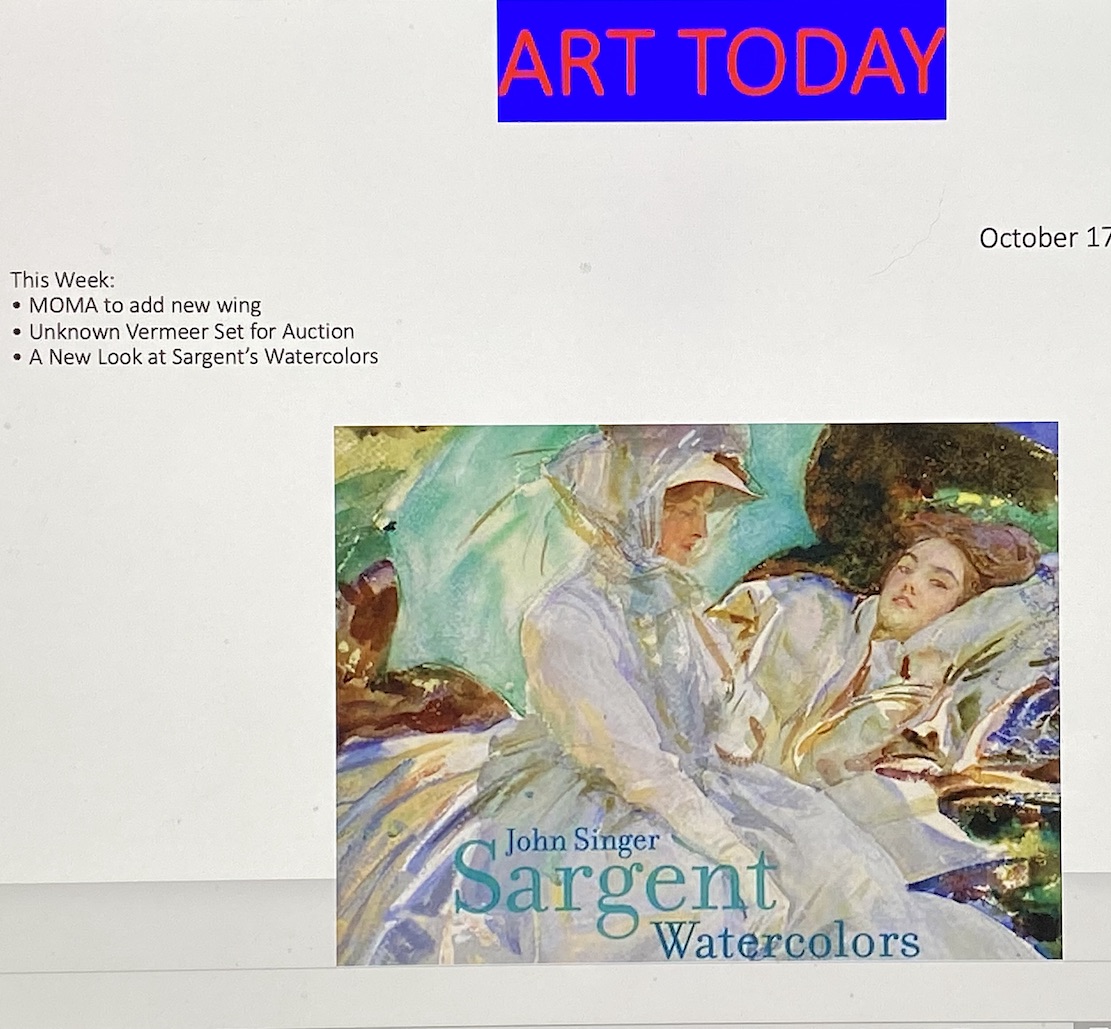 The phone
rang four times, followed by a routine recording
saying, “The person you are trying to reach is
not available at the moment . . .”
The phone
rang four times, followed by a routine recording
saying, “The person you are trying to reach is
not available at the moment . . .”
Katie
hung up, said to herself she’d let Coleman
sleep, made herself dinner and went to bed
early.
The next day, not too early, she called
Coleman again and got the same message. So,
although she knew he was always up to his ears
with closing the week’s issue of Art Today
on Monday, she waited till then to
call him at his office. His desk phone rang and,
after five rings, a young woman picked it up.
“John Coleman’s desk,” she said. “Carol
speaking.”
“Carol, hi,” said Katie, “This is John’s
friend Katie Cavuto. Can I
speak to John?”
“Oh, I’m sorry, Katie. John’s
not in today.”
“Oh, poor guy, he’s still that sick?”
“He’s out of the country. I think he’s in China. I
don’t think he gets back till tomorrow.”
“Oh, well, in that case, you wouldn’t
have his cell phone number, would you?”
“Sorry, no.”
“Okay, then will you just have him call
me when he gets in, Carol?”
“Sure thing.”
Katie
hung up and wondered how what seemed to be a
very ill friend, who said he was going to
collapse in bed all weekend, could fly off to
another country for business, especially when
Monday was the day his very small, overworked
staff pushed themselves to put out the next
issue of his magazine.
© John Mariani, 2016
❖❖❖
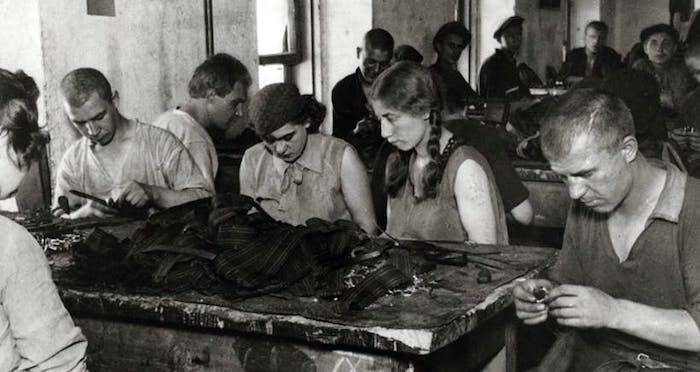 YOU MIGHT FIND RECIPES IN THE
RUSSIAN GULAG COOKBOOK
YOU MIGHT FIND RECIPES IN THE
RUSSIAN GULAG COOKBOOK
“It’s
Time
to Grill Weird, Unpopular Root Vegetables” By Jaya
Saxena ,
Eater.com (6/13/22)
❖❖❖
Any of John Mariani's books below may be ordered from amazon.com.
 The Hound in Heaven
(21st Century Lion Books) is a novella, and
for anyone who loves dogs, Christmas, romance,
inspiration, even the supernatural, I hope you'll find
this to be a treasured favorite. The story
concerns how, after a New England teacher, his wife and
their two daughters adopt a stray puppy found in their
barn in northern Maine, their lives seem full of promise.
But when tragedy strikes, their wonderful dog Lazarus and
the spirit of Christmas are the only things that may bring
his master back from the edge of despair.
The Hound in Heaven
(21st Century Lion Books) is a novella, and
for anyone who loves dogs, Christmas, romance,
inspiration, even the supernatural, I hope you'll find
this to be a treasured favorite. The story
concerns how, after a New England teacher, his wife and
their two daughters adopt a stray puppy found in their
barn in northern Maine, their lives seem full of promise.
But when tragedy strikes, their wonderful dog Lazarus and
the spirit of Christmas are the only things that may bring
his master back from the edge of despair. WATCH THE VIDEO!
“What a huge surprise turn this story took! I was completely stunned! I truly enjoyed this book and its message.” – Actress Ali MacGraw
“He had me at Page One. The amount of heart, human insight, soul searching, and deft literary strength that John Mariani pours into this airtight novella is vertigo-inducing. Perhaps ‘wow’ would be the best comment.” – James Dalessandro, author of Bohemian Heart and 1906.
“John Mariani’s Hound in Heaven starts with a well-painted portrayal of an American family, along with the requisite dog. A surprise event flips the action of the novel and captures us for a voyage leading to a hopeful and heart-warming message. A page turning, one sitting read, it’s the perfect antidote for the winter and promotion of holiday celebration.” – Ann Pearlman, author of The Christmas Cookie Club and A Gift for my Sister.
“John Mariani’s concise, achingly beautiful novella pulls a literary rabbit out of a hat – a mash-up of the cosmic and the intimate, the tragic and the heart-warming – a Christmas tale for all ages, and all faiths. Read it to your children, read it to yourself… but read it. Early and often. Highly recommended.” – Jay Bonansinga, New York Times bestselling author of Pinkerton’s War, The Sinking of The Eastland, and The Walking Dead: The Road To Woodbury.
“Amazing things happen when you open your heart to an animal. The Hound in Heaven delivers a powerful story of healing that is forged in the spiritual relationship between a man and his best friend. The book brings a message of hope that can enrich our images of family, love, and loss.” – Dr. Barbara Royal, author of The Royal Treatment.
 |
The Encyclopedia of American Food and Drink by John F. Mariani (Bloomsbury USA, $35) Modesty forbids me to praise my own new book, but let me proudly say that it is an extensive revision of the 4th edition that appeared more than a decade ago, before locavores, molecular cuisine, modernist cuisine, the Food Network and so much more, now included. Word origins have been completely updated, as have per capita consumption and production stats. Most important, for the first time since publication in the 1980s, the book includes more than 100 biographies of Americans who have changed the way we cook, eat and drink -- from Fannie Farmer and Julia Child to Robert Mondavi and Thomas Keller. "This book is amazing! It has entries for everything from `abalone' to `zwieback,' plus more than 500 recipes for classic American dishes and drinks."--Devra First, The Boston Globe. "Much needed in any kitchen library."--Bon Appetit. |
"Eating Italian will never be the same after reading John Mariani's entertaining and savory gastronomical history of the cuisine of Italy and how it won over appetites worldwide. . . . This book is such a tasteful narrative that it will literally make you hungry for Italian food and arouse your appetite for gastronomical history."--Don Oldenburg, USA Today. "Italian
restaurants--some good, some glitzy--far
outnumber their French rivals. Many of
these establishments are zestfully described
in How Italian Food Conquered the World, an
entertaining and fact-filled chronicle by
food-and-wine correspondent John F.
Mariani."--Aram Bakshian Jr., Wall Street
Journal.
"Equal parts
history, sociology, gastronomy, and just
plain fun, How Italian Food Conquered the
World tells the captivating and delicious
story of the (let's face it) everybody's
favorite cuisine with clarity, verve and
more than one surprise."--Colman Andrews,
editorial director of The Daily
Meal.com. "A fantastic and fascinating
read, covering everything from the influence
of Venice's spice trade to the impact of
Italian immigrants in America and the
evolution of alta cucina. This book will
serve as a terrific resource to anyone
interested in the real story of Italian
food."--Mary Ann Esposito, host of PBS-TV's
Ciao
Italia. "John Mariani has written the
definitive history of how Italians won their
way into our hearts, minds, and
stomachs. It's a story of pleasure over
pomp and taste over technique."--Danny Meyer,
owner of NYC restaurants Union Square
Cafe, The Modern, and Maialino.
|
 |
 |
 |
 |
 |
 |
 Everett Potter's Travel Report:
Everett Potter's Travel Report: 
 Eating Las
Vegas
Eating Las
Vegas
MARIANI'S VIRTUAL GOURMET
NEWSLETTER is published weekly. Publisher: John Mariani. Editor: Walter Bagley. Contributing Writers: Christopher
Mariani, Misha Mariani, John A. Curtas, Gerry Dawes, Geoff Kalish.
Contributing
Photographer: Galina Dargery. Technical
Advisor: Gerry
McLoughlin.
If you wish to subscribe to this
newsletter, please click here: http://www.johnmariani.com/subscribe/index.html
© copyright John Mariani 2022

